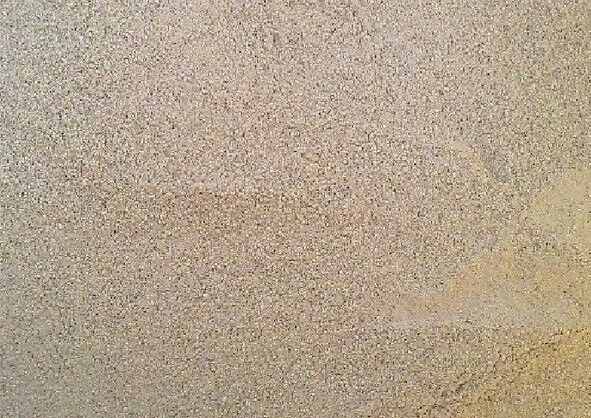Natural Zeolite | Clinoptilolite
Packing: in 25 Kg PP Bags on Pallets or 1 mt Big Bag
Delivery: 20″ DC ( 20 mt per container )
Sizes : < 60 micron , 0-1 mm, 0,7-1,2 mm,
– other sizes: on request.
Delivery Capacity: 6000 tons per month
Application: agriculture, golf course, water treatment filter, oil drilling
WHAT IS ZEOLITE?
Natural occurring zeolite is a crystalline mineral that has been formed from volcanic ash generally over a period of between 50 to more than 350 million years ago. During this time there were many violent volcanic eruptions ejecting millions of tonnes of ash into the air which fell on both lands (to form topsoil) and into the water where most was dissipated. But in the right conditions, in a few locations, natural zeolite deposits were formed.
Zeolites are a group of naturally occurring framework alumino-silicates with high Cation Exchange Capacities(CEC), high adsorption, and hydration-dehydration properties.
The most commonly occurring cations are sodium, potassium, calcium, and magnesium but many other elements can also be present at varying levels depending on how and where the zeolite was formed. This mix of cations is different for every natural zeolite deposit and it is an important characteristic of the zeolite.
Zeolites have a rigid, 3-dimensional crystalline structure (similar to a honeycomb) consisting of a network of interconnected tunnels and cages. Water moves freely in and out of these pores but the zeolite framework remains rigid. Another special aspect of this structure is that the pore and channel sizes are nearly uniform, allowing the crystal to act as a molecular sieve. The aluminum atoms within the framework carry a negative charge which gives the zeolite its natural ion exchange capacity, and each individual negative charge is balanced by the presence of an interchangeable cation.
The porous zeolite is host to water molecules and ions of potassium and calcium, as well as a variety of other positively charged ions, but only those of appropriate molecular size to fit into the pores are admitted creating the "sieving" property.
One important property of zeolite is the ability to exchange cations. This is the trading of one charged ion for another on the crystal. One measure of this property is the cation exchange capacity (CEC). Zeolites have high CEC's, arising during the formation of the zeolite from the substitution of an aluminum ion for a silicon ion in a portion of the silicate framework (tetrahedral units that make up the zeolite crystal). A classic example of cation exchange is the removal of ammonia from water and air. When a molecule of ammonia (NH3) is hydrated, the reaction produces ammonium (NH4+), which is readily exchanged for all or part of the calcium, potassium and magnesium cations contained in zeolite and adsorbed on to its stable aluminosilicate lattice.
There are nearly 50 different types of zeolites (clinoptilolite, chabazite, phillipsite, mordenite, etc.) with varying physical and chemical properties. Crystal structure and chemical composition account for the primary differences. Particle density, cation selectivity, molecular pore size, and strength are only some of the properties that can differ depending on the zeolite in question. For example, clinoptilolite, the most common natural zeolite, has 16% more void volume and pores as much as 0.2 nm larger than analcime, another common zeolite. It is important to know the specific type of zeolite one is using in order to assure that it is appropriate for one's needs.
The most widely commercialized natural zeolite type is called clinoptilolite. It has a high ion exchange capacity and porosity and is found in relatively pure form in several different countries. The purest clinoptilolite ever found comes from Turkey and has a purity of between 92 and 96%.
The structure of each of these minerals is different but they all have large open 'channels' in the crystal structure that provide a large void space for the adsorption and exchange of cations. The internal surface area of these channels can reach as much as several hundred square meters per gram of zeolite, making zeolites extremely effective ion exchangers.
Other useful chemicals and physical properties include:
high void volume (up to 50%),
low density (2.1-2.2 g cm-3),
excellent molecular sieve properties,
high cation exchange capacity (CEC): 150-250 cmol+ kg-1,
cation selectivity, specifically for cations like ammonium, potassium, cesium, etc.
Zeolite is a natural, inert non-toxic substance that is federally classified as GRAS (generally regarded as safe) in most applications and exempted from most regulations and reporting when used in accordance with the good agricultural practice and when comprising less than 2% in animal feed products (40 CFR, Part 181.1001 and elsewhere).
Zeolite is approved by EU for usage in the swine and poultry industry as a Myco-Toxin binder.(70/524/EEC)
Zeolite is approved by FDA for usage in animal feeds as an anti-caking agent. (CFR 582-2727)
Ask Your Question
WhatsApp:
+ 372 581 788 67
e-mail:
sales@hippocampus.ee
